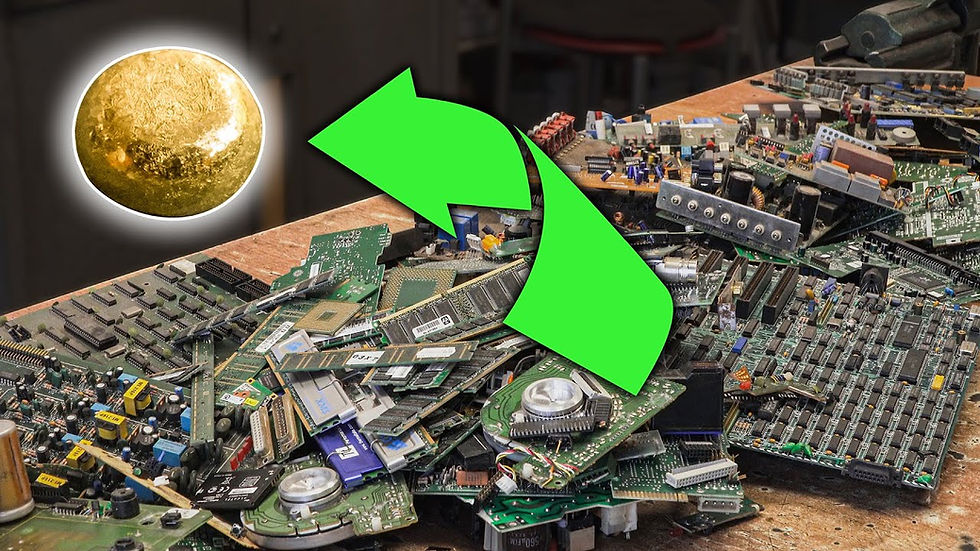Regenerating damaged heart cells
- World Half Full

- Jun 6, 2024
- 2 min read
Updated: Sep 24, 2024
SCIENCE

Scientists at Stanley Manne Children’s Research Institute at Ann & Robert H. Lurie Children’s Hospital of Chicago have discovered a way to regenerate damaged heart muscle cells in mice, a development that may provide a new avenue for treating congenital heart defects in children and heart attack damage in adults.
Hypoplastic left heart syndrome (HLHS) is a congenital heart defect that occurs when the left side of a baby’s heart doesn’t develop properly during pregnancy. It affects one in 5,000 newborns and is responsible for almost a quarter of cardiac deaths in the first week of life.
Cardiomyocytes, the cells responsible for contracting the heart muscle, can regenerate in newborn mammals, but lose this ability with age, says senior author Paul Schumacker, PhD, a professor in neonatal research at Lurie Children’s and Professor of Pediatrics, Cell and Molecular Biology, and Medicine at Northwestern University Feinberg School of Medicine.
“At the time of birth, the cardiac muscle cells still can undergo mitotic cell division,” Dr Schumacker says. “For example, if the heart of a newborn mouse is damaged when it’s a day or two old, and then you wait until the mouse is an adult, if you look at the area of the heart that was damaged previously, you’d never know that there was damage there.”
Dr Schumacker and his team wanted to know whether cardiomyocytes in adult mammals could revert to that regenerative fetal state. Because fetal cardiomyocytes survive on glucose, instead of generating cellular energy through their mitochondria, the team deleted the mitochondria-associated gene UQCRFS1 in the hearts of adult mice, forcing them to return to a fetal-like state.
In adult mice with damaged heart tissue, investigators observed that heart cells began regenerating once UQCRFS1 was inhibited. The cells also began to take in more glucose, similar to how fetal heart cells function.
The findings suggest that boosting glucose utilisation might also restore cell division and growth in adult heart cells and may provide a new direction for treating damaged heart cells. “This is a first step to being able to address one of the most important questions in cardiology: How do we get heart cells to remember how to divide again so we can repair hearts?” Dr Schumacker asks.
“If we could find a drug that would turn on this response in the same way the gene manipulation did, we could then withdraw the drug once the heart cells have grown,” Dr Schumacker says. “In the case of children with HLHS, this may allow us to restore the normal thickness to the left ventricular wall. That would be lifesaving.”
This approach could also be used for adults who’ve suffered damage due to a heart attack, he adds.




Comments